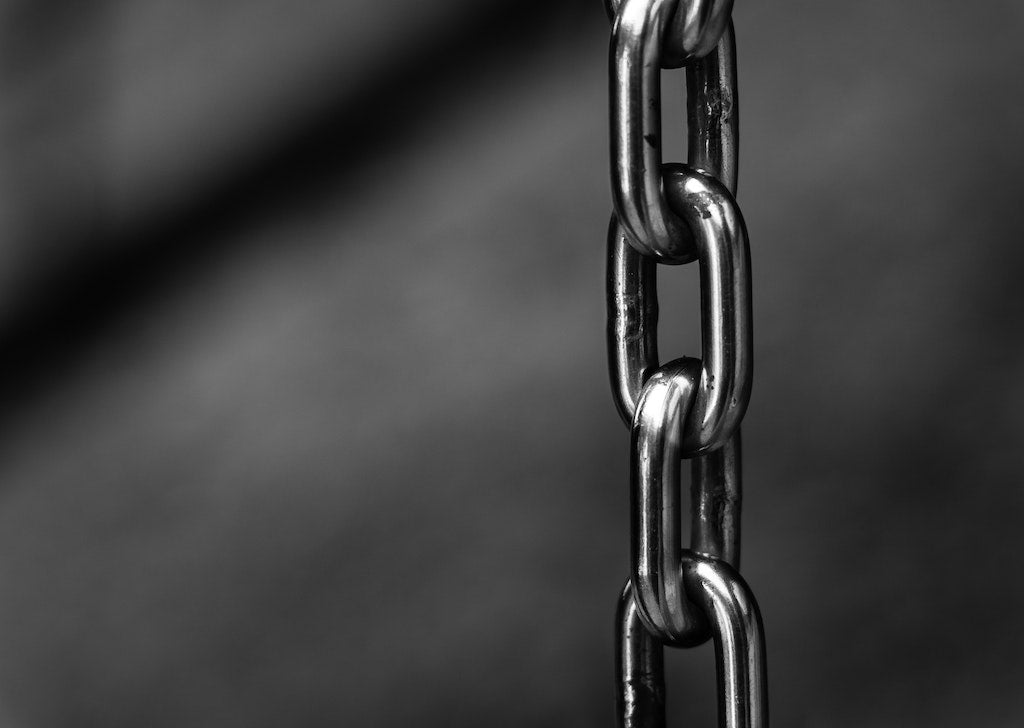Safety chains aren't optional equipment, they're legally required in all 50 states and serve as your last line of defense against catastrophic trailer separation. Beyond legal compliance, safety chains can literally save lives when properly installed and maintained.
Why Safety Chains Matter
Safety chains exist for one crucial purpose: maintaining connection between your trailer and tow vehicle when the primary hitch system fails. Hitch ball failures, worn couplers, and improper connections happen more often than most drivers realize. When they do, properly installed safety chains give you precious time to safely bring your trailer to a controlled stop.
A 3,000-pound trailer traveling at 60 mph carries tremendous momentum. Without safety chains, a disconnected trailer becomes an unguided missile that can cause multi-vehicle accidents, property damage, and fatalities. Federal and state regulations mandate safety chains on trailers over 3,000 pounds gross vehicle weight, with many states extending this requirement to lighter trailers.
Getting the Installation Right
The correct installation technique involves crossing the chains underneath the trailer tongue and hitch assembly. This crossing pattern serves a critical function: if the hitch fails completely, the crossed chains create a cradle that supports the trailer tongue and prevents it from digging into the pavement.
Connect the right-side trailer chain to the left-side mounting point on your tow vehicle, and the left-side trailer chain to the right-side mounting point. The chains should have enough slack to allow full turning radius without binding, but not so much slack that they drag on the ground during normal operation.
When connecting to the tow vehicle, use only designated chain attachment points or properly rated hitch components. Never attach chains to bumpers, ball mounts that aren't designed for chain loads, or other vehicle components that may not withstand emergency forces.
Proper chain length allows the trailer to make full turns while keeping chains clear of the ground during normal operation. When the trailer is connected and sitting level, chains should have a slight downward curve but remain well clear of the pavement surface.
Maintenance That Matters
Safety chains endure constant stress from road vibration, weather exposure, and towing forces. Regular inspection is essential for identifying wear, corrosion, or damage that could lead to failure when you need them most.
Check chain links for stretching, cracking, or thinning that indicates metal fatigue. Examine attachment points for looseness, corrosion, or deformation. Look for signs that chains have been dragging on the roadway, such as flattened or worn link surfaces. Replace chains immediately if you discover any damage or excessive wear.
Many trailer owners unknowingly compromise their safety by connecting chains incorrectly. Attaching both chains to the same mounting point eliminates the redundancy that makes the two-chain system effective. Another frequent mistake involves allowing chains to drag on the roadway through improper length adjustment, which causes rapid wear and potential failure.
What to Do When Things Go Wrong
If your safety chains ever need to support your trailer due to hitch failure, your immediate priority is bringing everything to a safe, controlled stop. Don't panic or make sudden steering inputs that could cause jackknifing or rollover.
Maintain steady pressure on the brake pedal while gradually reducing speed. Avoid hard braking that could cause the trailer to push the tow vehicle or create instability. Signal other drivers and move toward the shoulder as traffic conditions permit.
The Bottom Line
Safety chains represent simple but vital insurance against towing disasters. When properly installed and maintained, they provide reliable protection that allows safe recovery from hitch system failures. The small investment in time and equipment required for proper safety chain setup pays enormous dividends in protection for you, your cargo, and other road users.
Don't treat safety chains as an afterthought, your safety and the safety of others depends on getting this critical detail right. Regular inspection, proper installation, and quality components ensure they'll perform when needed most.

